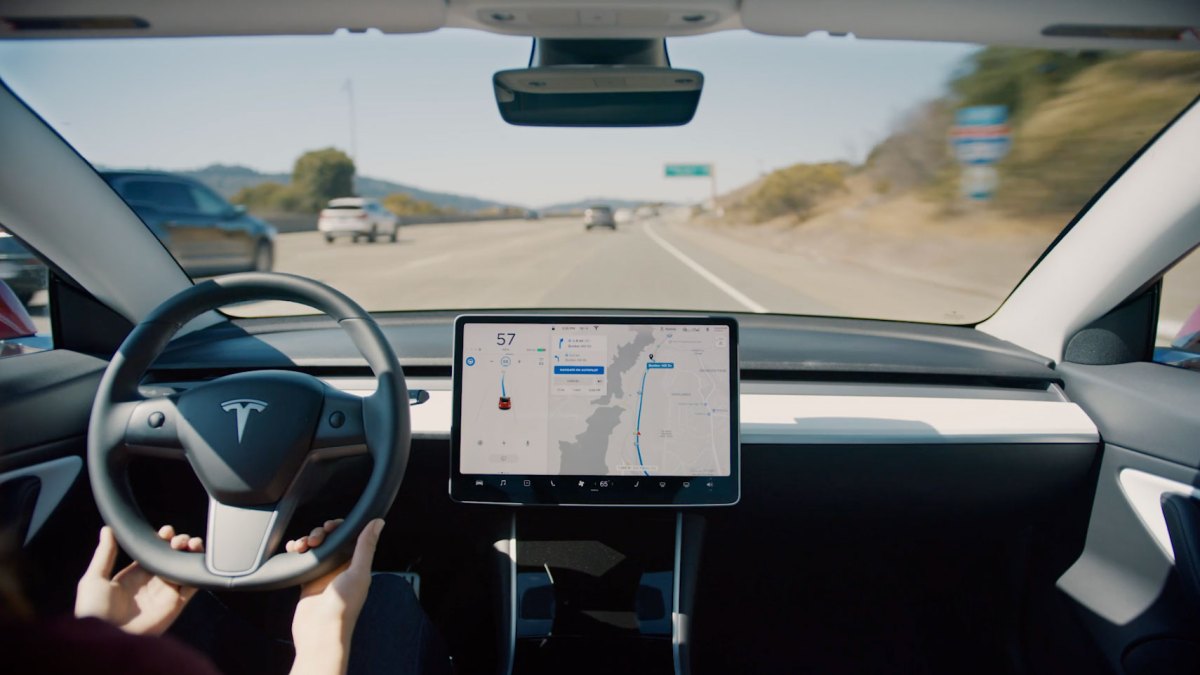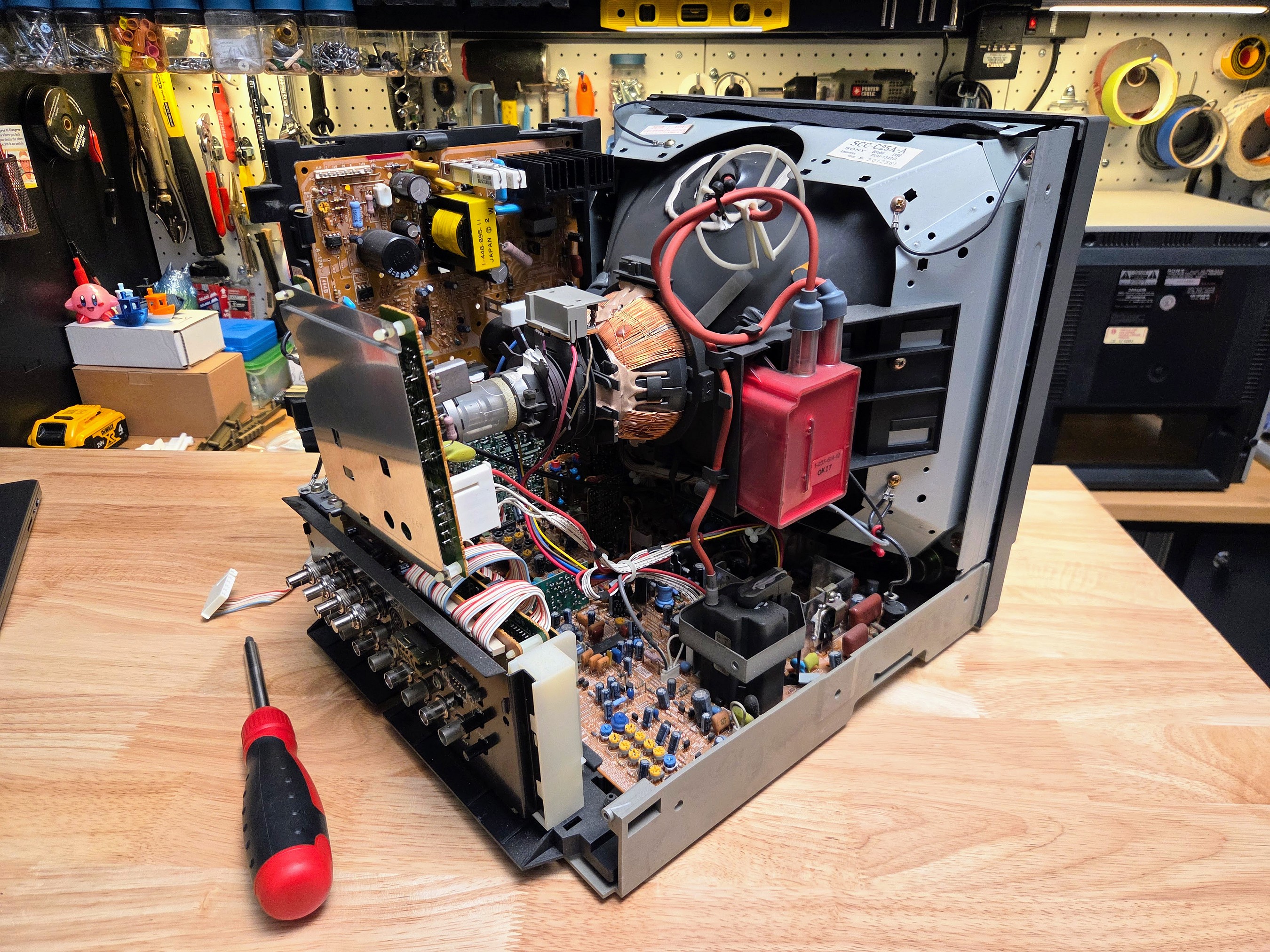“`html
Tesla Releases Comprehensive Safety Data on Full Self-Driving Software
Tesla has recently published a detailed analysis of the safety performance of its Full Self-Driving (FSD) software, following calls from industry leaders for greater transparency regarding autonomous driving technologies. This initiative aligns with a growing demand for accountability in the rapidly evolving automotive landscape, particularly as companies navigate the complexities of autonomous vehicle deployment.
This move comes in response to comments made by Waymo co-CEO Tekedra Mawakana during the TechCrunch Disrupt conference, where she emphasized the need for companies to provide more data on the safety of their fleets. Mawakana’s remarks reflect a broader concern within the industry about the opacity surrounding the performance metrics of autonomous vehicles. She stated, “I don’t know who’s on that list, because they’re not telling us what’s happening with their fleets,” highlighting the necessity for companies to disclose safety information if they are deploying vehicles that operate without a driver behind the wheel.
On a newly launched section of its website, Tesla claims that in North America, vehicles utilizing its FSD software are experiencing major collisions approximately every 5 million miles, and minor collisions every 1.5 million miles. In contrast, data from the National Highway Traffic Safety Administration (NHTSA) indicates that the average rate for major collisions is one every 699,000 miles and for minor collisions, one every 229,000 miles. This assertion positions Tesla’s FSD software as significantly safer than the national average, based on the company’s interpretation of the data.
Tesla has been releasing quarterly vehicle safety reports for some time; however, these reports have faced criticism for lacking sufficient detail. Notably, Tesla has provided minimal information regarding the safety performance of its ongoing Robotaxi trial in Austin, Texas, which currently requires employees to monitor the vehicles while they are in operation. This situation raises questions about the real-world effectiveness of the FSD technology and its readiness for fully autonomous deployment.
Waymo, a leading player in the autonomous taxi sector, has previously published data indicating that its vehicles are approximately five times safer than human drivers and twelve times safer concerning pedestrian safety. The contrasting approaches to data transparency between Tesla and Waymo underscore a critical divergence in the industry. While Tesla focuses on its own metrics, Waymo has made strides to establish benchmarks that could serve as a standard for safety in autonomous vehicle operations.
In response to the growing demand for data transparency, Tesla has made a significant effort to clarify its safety metrics. The company’s website now specifies that drivers utilizing FSD travel about 2.9 million miles between major collisions, while NHTSA data indicates that all drivers experience major collisions approximately every 505,000 miles. Additionally, Tesla claims that FSD users encounter minor collisions every 986,000 miles, compared to the NHTSA average of one every 178,000 miles.
For the first time, Tesla has also defined the terms it uses in its reports. The company adheres to the Federal Motor Vehicle Safety Standards, specifically 49 C.F.R. § 563.5, to classify “major collisions” as incidents where airbags or other non-reversible pyrotechnic restraints are deployed. Furthermore, Tesla includes any collision where FSD was active at any point within five seconds leading up to the event. This approach aims to capture a comprehensive view of collision rates, including instances where the driver disengages the system or where the system aborts shortly before impact.
According to Tesla, it will update this data quarterly, reflecting a rolling twelve-month aggregation of miles driven and collisions to ensure relevance in light of recent trends and improvements. However, the company has stated that it will not disclose other metrics, such as injury rates, as it collects this data automatically from the vehicles. Instead, Tesla focuses on objective metrics like collision frequency and airbag deployment rates, which it considers reliable indicators of collision severity.
The release of this detailed safety data is a significant step for Tesla, particularly in light of the increasing scrutiny faced by companies developing autonomous driving technologies. As the industry continues to evolve, transparency regarding safety performance will be crucial for building consumer trust and regulatory compliance. The historical context of automotive safety regulations reveals that as technologies advance, so too do the expectations of both consumers and regulators.
As autonomous driving technologies advance, the competitive landscape is becoming more complex. Companies like Waymo and Tesla are at the forefront, each with its own approach to safety and data transparency. The industry’s future will likely hinge on how effectively these companies can communicate their safety records and innovations to the public. This is especially pertinent in an era where consumer skepticism towards new technologies is prevalent, and where safety is often the foremost concern.
Market Implications and Future Trends
The implications of Tesla’s safety data release extend beyond mere statistics. They could influence market dynamics, investor confidence, and regulatory scrutiny. As autonomous vehicle technology becomes more mainstream, the demand for transparency and accountability will only increase. This makes it imperative for companies to share their safety metrics with the public.
- Consumer Trust: Building consumer trust will be essential for the adoption of autonomous vehicles. Clear and transparent safety data can help mitigate fears and misconceptions about the technology.
- Regulatory Compliance: As governments around the world develop regulations for autonomous vehicles, companies will need to demonstrate their commitment to safety through transparent reporting.
- Competitive Advantage: Companies that prioritize transparency may gain a competitive edge in the marketplace, attracting consumers who prioritize safety in their purchasing decisions.
In conclusion, Tesla’s recent safety report sheds light on the performance of its Full Self-Driving software, providing critical data that could influence consumer perceptions and regulatory discussions. As the autonomous vehicle sector grows, the demand for transparency and accountability will only increase, making it imperative for companies to share their safety metrics with the public. The road ahead for autonomous driving technologies is fraught with challenges, but with increased transparency, the industry may pave the way for safer and more reliable transportation solutions.
“`




